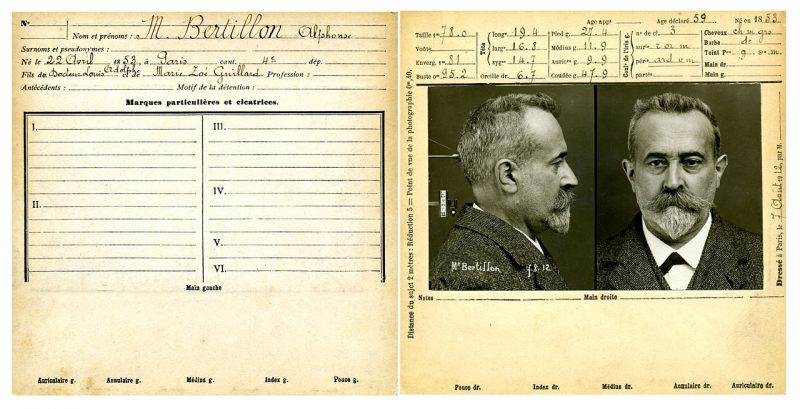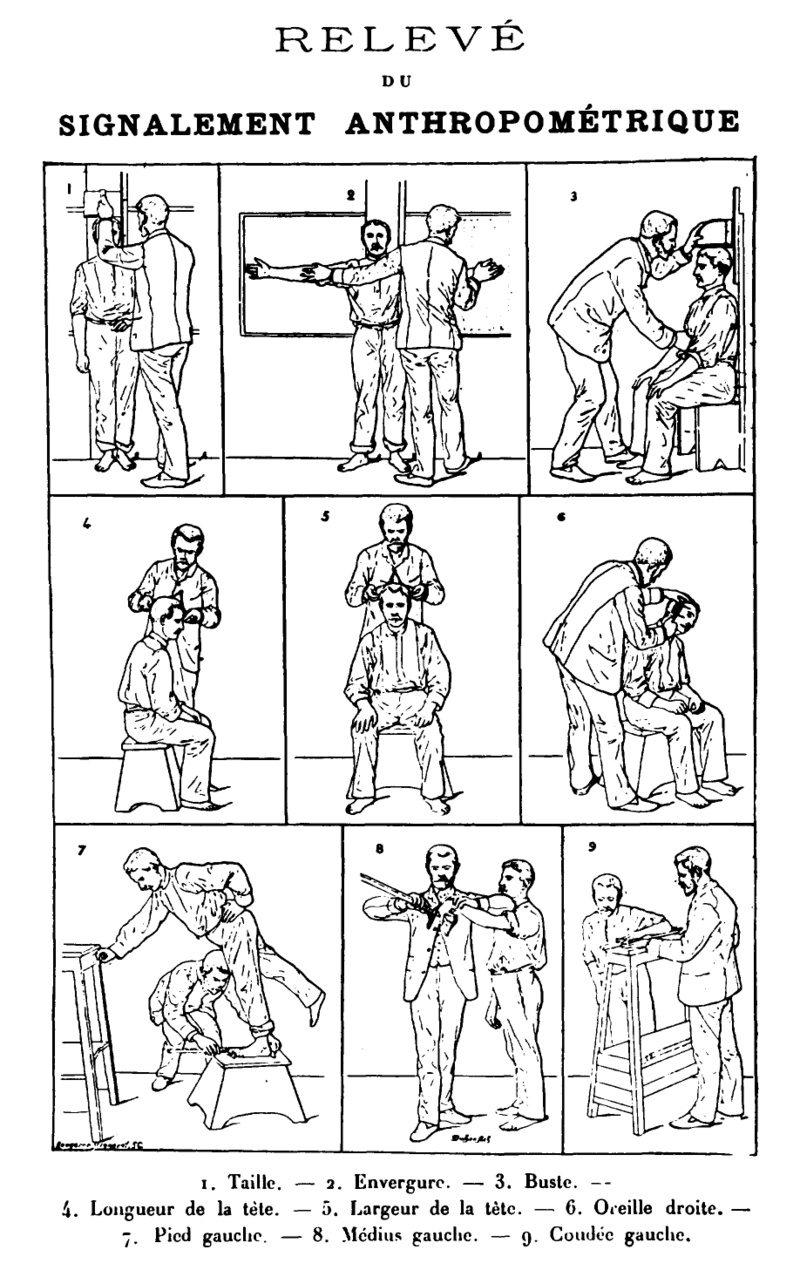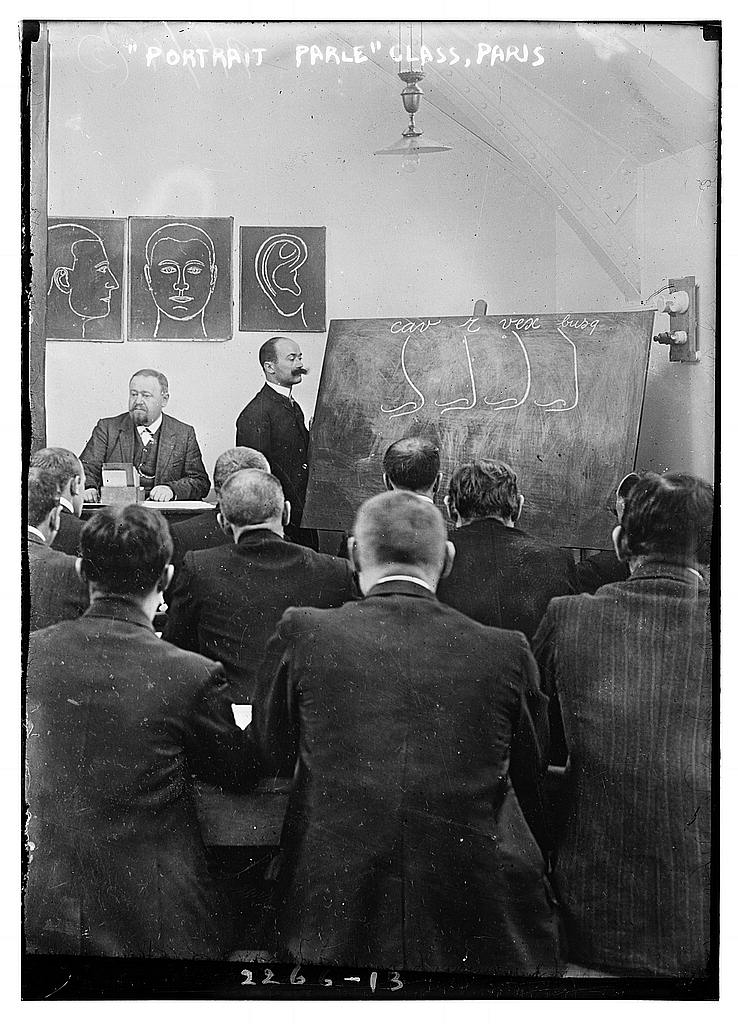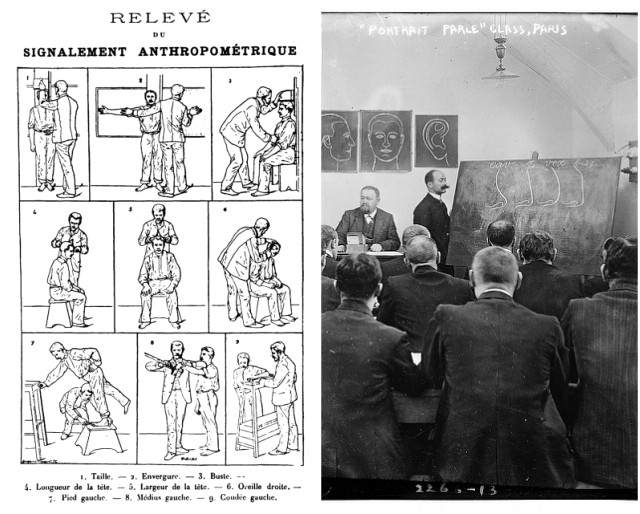Identifying criminals and solving crimes were difficult problems in the past since there was no technology that would help to identify criminals.
At a time when DNA evidence didn’t exist and fingerprinting was not yet developed, another form of biometric identification was in widespread use around the world. This was the system of so-called anthropometry.

The system was invented by Alphonse Bertillon, a French policeman and researcher, at the end of the 19th century. Bertillion considered that each person’s body proportions are different and he developed a way of using photographs to measure a person’s unique dimensions.
Bertillon, born in 1853, was a rebellious young man born into a family of scientists. His father was a statistician and his grandfather became famous as the person who coined the term “demography” in 1855.
Bertillon worked as a records clerk at the Prefecture of Police in Paris in 1879 where he would be transferring arrest and criminal background data from various sources onto standard forms.
He noticed that arrestee physical descriptions were too general and vague so he developed this anthropometric system of physical measurements of body parts, especially components of the head and face, to produce a detailed description of an individual.

He also standardized the way photos were taken and added the profile mug shot. This system became known as the Bertillon system.
Bertillon’s system was based on five primary measurements: head length, head breadth, the length of the middle finger, the length of the left foot, the length of the “cubit” (the forearm from the elbow to the extremity of the middle finger).
The system quickly gained wide acceptance as a reliable, scientific method of criminal investigation. His system was used in France in 1884 and helped to capture 241 repeat offenders. It was officially adopted by the Paris Police in 1882 and quickly spread throughout France, Europe, and the rest of the world.

The Bertillon system was introduced in the U.S. in 1887 by R.W. McClaughry and its use in the States became quickly and widely accepted.
On the subject of criminals, check out our story about notorious gangsters from the Great Depression and the Prohibition Era.
The Bertillon system was used both in the U.S. and Europe for almost three decades before it was replaced by another system – fingerprint identification.
